In Begone Thy Nefarious Beast, the traditional hero’s journey is flipped on its head, offering a fresh take on this classic narrative structure. Unlike conventional stories where the hero embarks on a grand quest to overcome external challenges and achieve personal growth, this novella presents a comedic twist on the journey.
At first glance, the main character’s adventure seems to follow a classic hero’s path: an ordinary person facing a daunting problem, a call to action, and a series of trials. However, Begone Thy Nefarious Beast subverts these expectations through its absurd lens and surreal elements. The main character is not on a quest for glory or enlightenment but is caught in a bizarre domestic drama involving a flying rubber bat and an exorcism led by an eccentric plumber/chimney sweep.
The hero’s journey in this novella focuses on the mundane and the absurd. Instead of slaying dragons or finding magical relics, the main character’s trials involve dealing with the aftermath of a hailstorm, bizarre rituals with sautéed liver, and the surreal transformation of reality. These trials, while comedic and strange, reflect the main character’s inner struggle with the absurdities of modern life and personal discontent.
Moreover, characters like Herve Villechaize, Aristotle, and John Lennon appear and disappear in a dreamlike sequence, adding layers of commentary on the hero’s journey itself. Their involvement blurs the line between reality and fantasy, questioning the nature of heroism and personal transformation.
In Begone Thy Nefarious Beast, the hero’s journey evolves into a playful exploration of self-awareness and existential reflection. It challenges readers to consider how the pursuit of happiness and meaning can often be found in embracing the absurd and confronting the chaos of everyday life. The novella invites readers to rethink the hero’s journey not as a path to external triumph but as an opportunity to navigate the absurdities of our own experiences with humor and insight.

